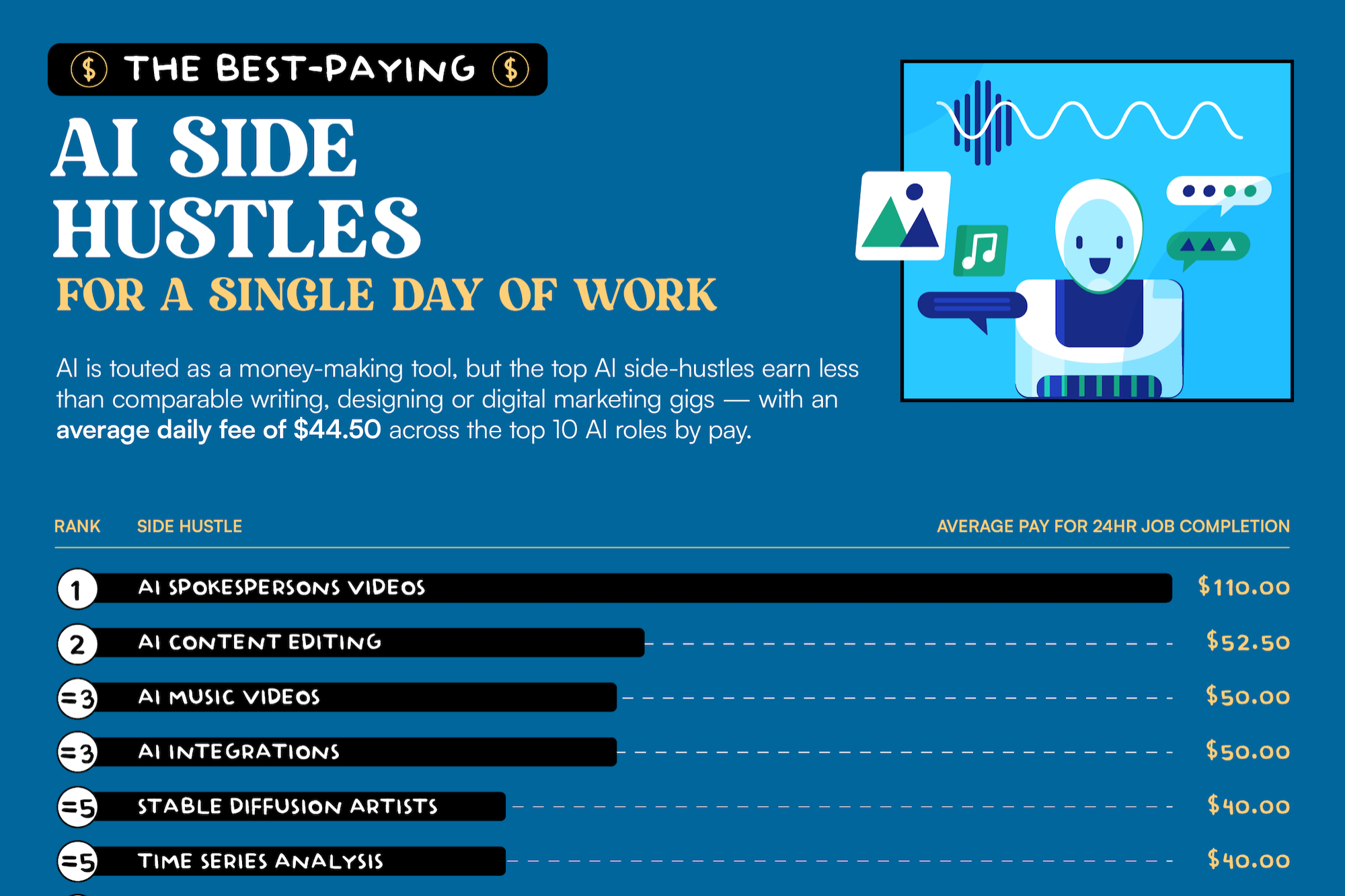Opinions expressed by Entrepreneur contributors are their own.
The gig economy was supposed to be the great equalizer. It promised freedom for workers and flexibility for companies. And for a time, it delivered. A surge in freelance platforms allowed startups and enterprises to tap into a global talent pool, scaling fast, saving money and moving with unprecedented agility.
But beneath that glossy surface lies a growing problem: When it comes to mission-critical work, especially in tech, the gig economy is starting to break. Projects are stalling, developers are ghosting, and teams are struggling to maintain momentum. For many founders and CTOs, the very model they once leaned on has become a source of operational risk.
So, what’s the alternative? Increasingly, companies are turning to staff augmentation, not just for talent, but for accountability. And when the partner takes responsibility for outcomes, not just resumes, the results speak for themselves.
Related: Why Startups Shouldn’t Rely Solely on Gig Marketplaces for Developers
The double-edged sword of the gig economy
Let’s be clear: The gig economy isn’t going anywhere. Nearly 60 million Americans performed freelance work in 2023, with similar trends across Latin America and Europe. Platforms like Upwork, Fiverr and Toptal have made it easy to find talent in hours. That kind of access is revolutionary.
But it comes with downsides:
-
Lack of commitment: Freelancers juggle multiple clients, and loyalty is thin. If a better-paying gig shows up mid-project, they may disappear without warning.
-
Poor integration: Gig workers often operate in isolation, disconnected from internal teams, tools and culture.
-
Inconsistent quality: Vetting can be superficial, and many clients spend more time managing than building.
-
Zero accountability: When things go wrong, you’re on your own. There’s no partner to step in and fix the issue.
These risks can be catastrophic for companies trying to build real products, meet investor deadlines or drive innovation at scale.
Staff augmentation: Flexibility with backbone
That’s where IT staff augmentation comes in. Unlike gig platforms, staff augmentation isn’t about short-term help — it’s about embedding vetted engineers into your team as if they were full-time employees. You get flexibility, yes, but also structure, accountability and performance. At their best, augmentation firms go beyond staffing. They take on delivery risk, help manage outcomes and build long-term partnerships, not one-off transactions.
This model is compelling when sourced through nearshore staff augmentation. With teams based in Latin America, companies gain real-time collaboration (thanks to overlapping time zones), cultural affinity and deep technical skill — all without the high costs or timezone misalignment of offshore outsourcing.
Related: What is Staff Augmentation? 3 Reasons It is Vital For Your Business
Real-world breakdown: Freelance chaos vs. augmented stability
Consider this: A U.S.-based fintech startup needed to build a payment gateway. They hired two freelance developers from a significant platform. Week one, everything seemed fine. By week three, one had ghosted. The other delivered buggy code with no documentation. The project slipped two months and cost them a major client pilot.
Contrast that with another firm that works with a nearshore software development partner. They onboarded a full-stack team in under 10 days, working within U.S. business hours. The partner assigned a delivery manager to ensure milestones were met, blockers were resolved and code quality was maintained. They launched their MVP on time and raised their next round.
The difference? One leaned on freelancers, while the other relied on a managed talent model with accountability built in.
Offshore isn’t dead — but it’s getting riskier
Some companies still opt for offshore staff augmentation, usually to cut costs. And while offshore teams can be effective with the proper management infrastructure, they come with well-known tradeoffs: time zone friction, communication challenges and geopolitical instability.
As global volatility increases and the demand for speed intensifies, many leaders choose to de-risk by shifting closer to home. Nearshoring — especially in Latin America — is growing because it offers the best of both worlds: cost efficiency and real-time collaboration.
Key benefits of the right augmentation partner
To be clear, not all staff augmentation firms are created equal. The real value emerges when your partner commits to the following:
-
End-to-end recruitment: Pre-vetted candidates, not just resumes.
-
Cultural fit: Engineers who align with your team’s work style and values.
-
Fast ramp-up: Onboarding in days, not months.
-
Delivery oversight: Managers who track outcomes, not just hours worked.
-
Seamless scaling: The ability to add or reduce resources as needed.
Top-tier providers of software development services now act more like extensions of your internal tech team — offering not only capacity, but continuity, quality and innovation.
Related: Why Entrepreneurs Are Looking Towards Latin America for Nearshoring Opportunities
We’re living in a post-gig world. That doesn’t mean freelancers are obsolete. However, for core product development, enterprise systems and scalable tech innovation, the future lies in blended, agile teams that deliver like in-house talent but scale like the cloud. Staff augmentation — especially when it’s outcome-focused and nearshore-enabled — represents the next evolution. If you’ve been burned by disappearing freelancers, ghosted projects or rising costs from inefficiencies, it may be time to rethink your talent strategy.
The right partner won’t just help you find engineers. They’ll help you deliver results.
The gig economy was supposed to be the great equalizer. It promised freedom for workers and flexibility for companies. And for a time, it delivered. A surge in freelance platforms allowed startups and enterprises to tap into a global talent pool, scaling fast, saving money and moving with unprecedented agility.
But beneath that glossy surface lies a growing problem: When it comes to mission-critical work, especially in tech, the gig economy is starting to break. Projects are stalling, developers are ghosting, and teams are struggling to maintain momentum. For many founders and CTOs, the very model they once leaned on has become a source of operational risk.
So, what’s the alternative? Increasingly, companies are turning to staff augmentation, not just for talent, but for accountability. And when the partner takes responsibility for outcomes, not just resumes, the results speak for themselves.
The rest of this article is locked.
Join Entrepreneur+ today for access.








